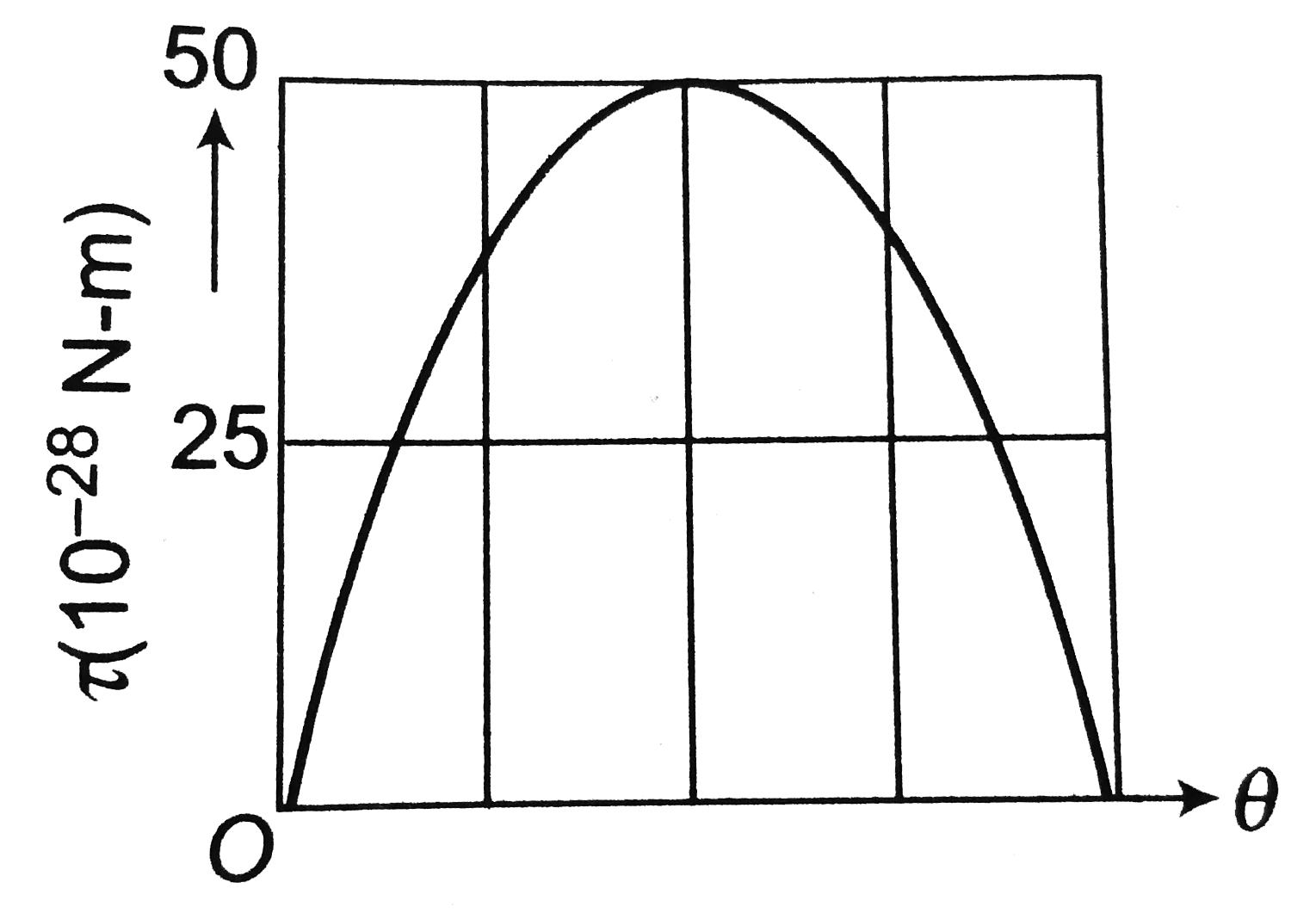Distinguish using the property mentioned in brackets
(e) (dipole moment)
To distinguish between NF₃ and NH₃ based on their dipole moments, we can follow these steps:
1. Understand the Molecular Geometry:
- Both NF₃ (Nitrogen trifluoride) and NH₃ (Ammonia) have a trigonal pyramidal shape due to the presence of a lone pair on the nitrogen atom.
2. Identify Electronegativity:
- In NF₃, fluorine (F) is more electronegative than nitrogen (N), while in NH₃, hydrogen (H) is less electronegative than nitrogen (N). This difference in electronegativity will affect the direction of the dipole moments in each molecule.
3. Draw the Lewis Structures:
- For NF₃, the structure shows nitrogen at the center with three fluorine atoms bonded to it and one lone pair on nitrogen.
- For NH₃, the structure shows nitrogen at the center with three hydrogen atoms bonded to it and one lone pair on nitrogen.
4. Determine the Direction of Dipole Moments:
- In NF₃, the dipole moments from each N-F bond point towards the fluorine atoms since they are more electronegative.
- In NH₃, the dipole moments from each N-H bond point towards the nitrogen atom due to the presence of the lone pair, which is more electronegative than hydrogen.
5. Analyze the Resultant Dipole Moment:
- For NF₃, the three dipole moments from the N-F bonds partially cancel out due to their geometry, leading to a net dipole moment that is relatively small but not zero.
- For NH₃, the dipole moments from the N-H bonds do not cancel out completely; instead, they add up to give a significant net dipole moment directed towards the nitrogen atom.
6. Conclusion:
- Therefore, NF₃ has a lower dipole moment compared to NH₃ due to the cancellation of dipole moments in NF₃, while NH₃ has a significant net dipole moment.
Final Statement:
In conclusion, when comparing NF₃ and NH₃ based on dipole moments, NH₃ has a higher dipole moment than NF₃ due to the cancellation of dipole moments in NF₃.
- Both NF₃ (Nitrogen trifluoride) and NH₃ (Ammonia) have a trigonal pyramidal shape due to the presence of a lone pair on the nitrogen atom.
- In NF₃, fluorine (F) is more electronegative than nitrogen (N), while in NH₃, hydrogen (H) is less electronegative than nitrogen (N). This difference in electronegativity will affect the direction of the dipole moments in each molecule.
- For NF₃, the structure shows nitrogen at the center with three fluorine atoms bonded to it and one lone pair on nitrogen.
- For NH₃, the structure shows nitrogen at the center with three hydrogen atoms bonded to it and one lone pair on nitrogen.
- In NF₃, the dipole moments from each N-F bond point towards the fluorine atoms since they are more electronegative.
- In NH₃, the dipole moments from each N-H bond point towards the nitrogen atom due to the presence of the lone pair, which is more electronegative than hydrogen.
- For NF₃, the three dipole moments from the N-F bonds partially cancel out due to their geometry, leading to a net dipole moment that is relatively small but not zero.
- For NH₃, the dipole moments from the N-H bonds do not cancel out completely; instead, they add up to give a significant net dipole moment directed towards the nitrogen atom.
- Therefore, NF₃ has a lower dipole moment compared to NH₃ due to the cancellation of dipole moments in NF₃, while NH₃ has a significant net dipole moment.
In conclusion, when comparing NF₃ and NH₃ based on dipole moments, NH₃ has a higher dipole moment than NF₃ due to the cancellation of dipole moments in NF₃.
Topper's Solved these Questions
- CHEMICAL BONDING AND MOLECULAR STRUCTUREBOOK - CENGAGE CHEMISTRY ENGLISHCHAPTER - CHEMICAL BONDING AND MOLECULAR STRUCTUREEXERCISE - Ex 2 .2 Subjective (Intermolecular Forces And H-Bonding)
7 Videos
- CHEMICAL BONDING AND MOLECULAR STRUCTUREBOOK - CENGAGE CHEMISTRY ENGLISHCHAPTER - CHEMICAL BONDING AND MOLECULAR STRUCTUREEXERCISE - Ex 2 .2 Subjective (Molecular Orbital Theory)
4 Videos
- CHEMICAL BONDING AND MOLECULAR STRUCTUREBOOK - CENGAGE CHEMISTRY ENGLISHCHAPTER - CHEMICAL BONDING AND MOLECULAR STRUCTUREEXERCISE - Archives Subjective
15 Videos
- ATOMIC STRUCTUREBOOK - CENGAGE CHEMISTRY ENGLISHCHAPTER - ATOMIC STRUCTUREEXERCISE - Concept Applicationexercise(4.3)
19 Videos
- CHEMICAL EQUILIBRIUMBOOK - CENGAGE CHEMISTRY ENGLISHCHAPTER - CHEMICAL EQUILIBRIUMEXERCISE - Subjective type
1 Videos
Similar Questions
(a) Draw the molecular structure of following compounds :
(i) XeF6
(ii) H2S2O8
(b) Explain the following observations :
(i) The molecules NH3 and NF3 have dipole moments which are of opposite direction.
(ii) All the bonds in PCl5 molecule are not equivalent.
(iii) Sulphur in vapour state exhibits paramagnetism.
View SolutionWhich of the following order is correct for the property mentioned in brackets?
View SolutionWhich of the following order is correct for the property mentioned in brackets?
View SolutionWhich of the following order is correct for the property mentioned in brackets?
View SolutionThe angle between the bonding orbitals of a molecules AX3 with zero dipole moment is
View SolutionThe decreasing order of the bond moment of E−H bond in NH3,PH3,AsH3andSbH3 is given by
View SolutionFill in the blanks by using the correct word/term given in the brackets.
The pH of water decreases when _____ is dissolved in it. (NH3/SO2)
View SolutionWhich has greater bond angle PF3orNF3 ?
View SolutionWhich is the correct sequence in the following properties. For the correct order mark (T) and for the incorrect order mark (F):
((a)Acidity order :SiF4<SiCl4<SiBr4<Sil,,<br>(b)Melting point:NH3>SbH3>AsH3>PH3,,),<br>((c)Boiling point :NH3>SbH3>AsH3>PH3,<br>,(d)Dipole moment order :NH3>SbH3>AsH3>PH3,=,5)
View SolutionAn electric dipole is placed in a uniform electric field →E of magnitude 40N/C. Graph shows the magnitude of the square on the dipole versus the angle θ between the field →E and the dipole moment →p. The magnitude of dipole moment →p is equal to:

View Solution
